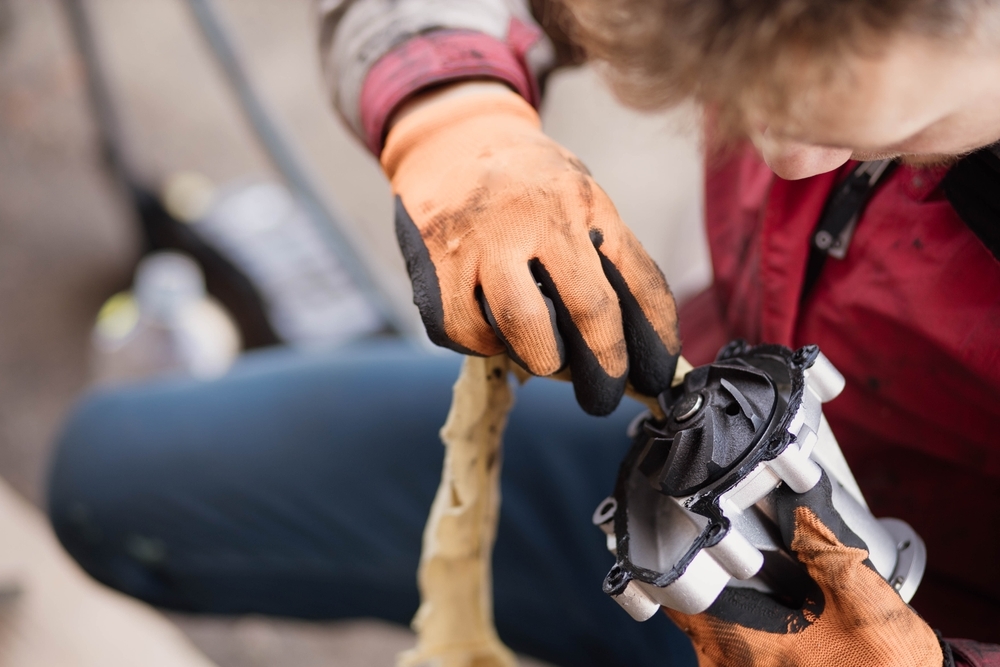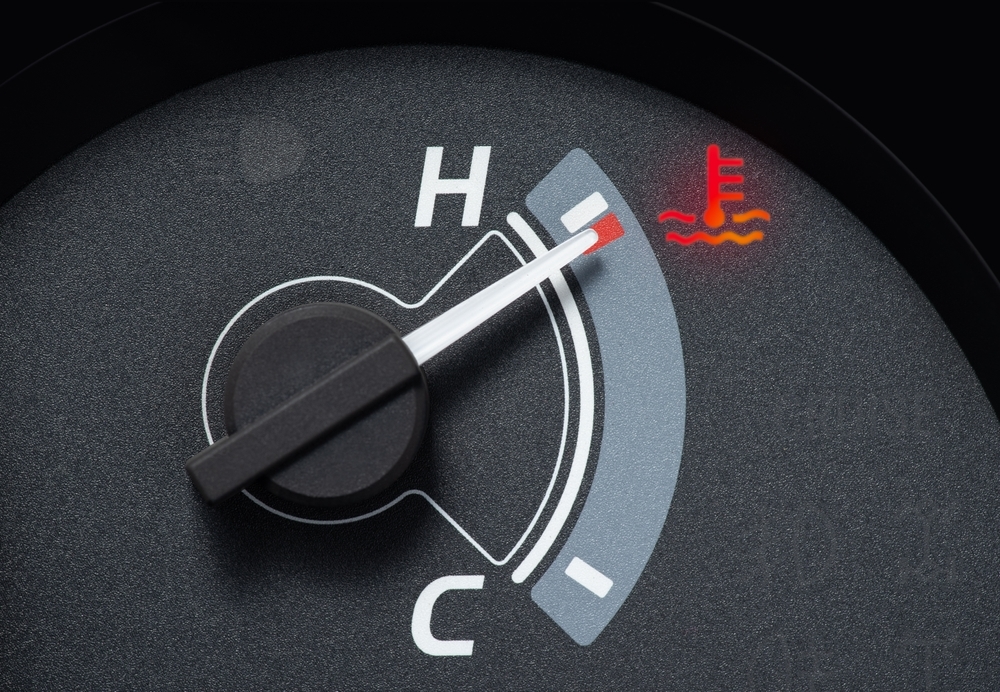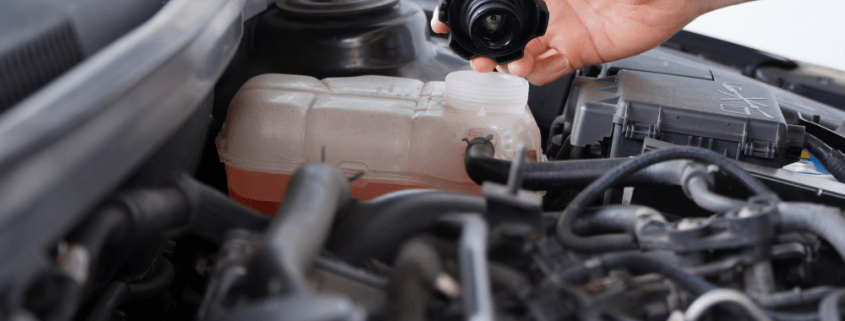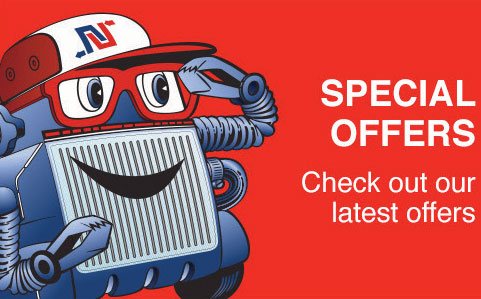How to improve the cooling system in a car
Keeping your car’s engine cool is essential for performance, longevity, and safety. Overheating can lead to serious mechanical issues, expensive repairs, and even total engine failure. Whether you’re driving in the Australian summer heat or towing heavy loads, an efficient cooling system is critical.
This guide will explain how to improve the cooling system in a car, ensuring your engine runs smoothly under all conditions.
Why is the cooling system important?
The cooling system in your car regulates the engine temperature, preventing it from overheating. It does this by circulating coolant through the radiator and engine block, dissipating excess heat. If this system is compromised, your engine could overheat, causing damage to components like the head gasket, radiator, and even the entire engine block.
Signs of an inefficient cooling system include:
- Rising temperature gauge
- Coolant leaks
- Steam coming from the bonnet
- Reduced engine performance
If you notice these signs, it’s crucial to take action before serious damage to the engine occurs.
How to improve the cooling system in a car
A Canstar Blue survey found that 63% of Aussie drivers ignore dashboard warnings, including overheating alerts. This can be a serious risk when driving.
Ensuring your vehicle’s cooling system operates at peak efficiency helps prevent engine damage and costly repairs. Implementing a few key maintenance practices can significantly improve your car’s cooling performance and longevity, ensuring effective heat transfer around the system.
Upgrade your radiator
The radiator is the core component of your cooling system. A high-performance radiator with more cooling capacity can significantly enhance heat dissipation. If you drive in extreme conditions or tow heavy loads, consider upgrading to a high-performance radiator with more cooling capacity.
Check and replace the coolant regularly
Coolant is essential for regulating engine temperature. Over time, it loses effectiveness, leading to overheating and corrosion. Regularly flushing and replacing your coolant ensures optimal performance. Use the right coolant type recommended for your vehicle to avoid damage.
Tip: Our Natrad technicians recommend a mix of 50% anti-freeze coolant and 50% distilled water. This is ideal for most vehicles.
Inspect and replace the thermostat
The thermostat controls coolant flow to the engine. If it becomes faulty, it can get stuck closed, preventing coolant from circulating and causing overheating. Replacing an old or malfunctioning thermostat can restore proper cooling system function.
Ensure proper airflow to the radiator
Your radiator needs adequate airflow to dissipate heat. Ensure the grille and air intake areas are free from debris. Consider installing an auxiliary electric fan to improve airflow, especially in stop-and-go traffic for added cooling performance.
Check the water pump
The water pump circulates coolant through the engine and radiator. A failing water pump can lead to inefficient coolant circulation and overheating. If you hear a whining noise or see coolant leaks near the pump, it’s time for a replacement.

Upgrade the cooling fans
Cooling fans play a key role in maintaining engine temperature. If your fans are weak or failing, your engine may overheat, particularly at low speeds. Upgrading to high-performance electric fans can significantly enhance cooling efficiency.
Maintain the radiator cap and hoses
The radiator cap helps maintain pressure in the cooling system, ensuring proper coolant flow. A faulty cap can cause overheating by allowing coolant to escape. Similarly, worn-out hoses can develop leaks, reducing cooling efficiency. Regularly inspect and replace these components when necessary.
Flush the radiator and cooling system
Over time, rust, dirt, and debris can build up inside your radiator, restricting coolant flow. Performing a radiator flush regularly removes these contaminants and keeps the cooling system functioning efficiently.
Install an oil cooler
An oil cooler helps manage engine heat by reducing oil temperature, which in turn lowers overall engine temperature. This is especially useful for high-performance vehicles and hard-working engines, or those operating in extreme heat conditions.
Keep an eye on the temperature gauge
Your car’s temperature gauge is the first indicator of cooling system issues. If you notice the needle creeping toward the red zone, pull over and let the engine cool down before investigating further.

FAQs
How do I know if my cooling system needs servicing?
If you notice frequent overheating, coolant leaks, steam from the bonnet, or fluctuating temperature readings, your cooling system may need servicing.
What type of coolant should I use?
Always refer to your vehicle manufacturer’s recommendations. Using the wrong type of coolant can lead to corrosion and inefficiencies.
How often should I flush my radiator?
It’s generally recommended to flush your radiator every few years or according to your manufacturer’s service schedule.
Can I drive my car if the engine is overheating?
No, driving with an overheating engine can cause severe damage. Pull over, turn off the engine, and let it cool down before addressing the issue.
Should I replace my radiator if my car keeps overheating?
Replacing your radiator may be necessary if it is old, clogged, or leaking. However, ensure other components like the thermostat and water pump are also functioning correctly.
Keep your engine cool with Natrad
A well-maintained cooling system is key to your vehicle’s performance and longevity. If you’re experiencing overheating issues or want to upgrade your cooling system, Natrad can help. We offer comprehensive radiator servicing, cooling system repairs, and air conditioning services to keep your car running smoothly.
Find your nearest Natrad store, book a cooling system check and drive with confidence, knowing your engine is protected from overheating.









